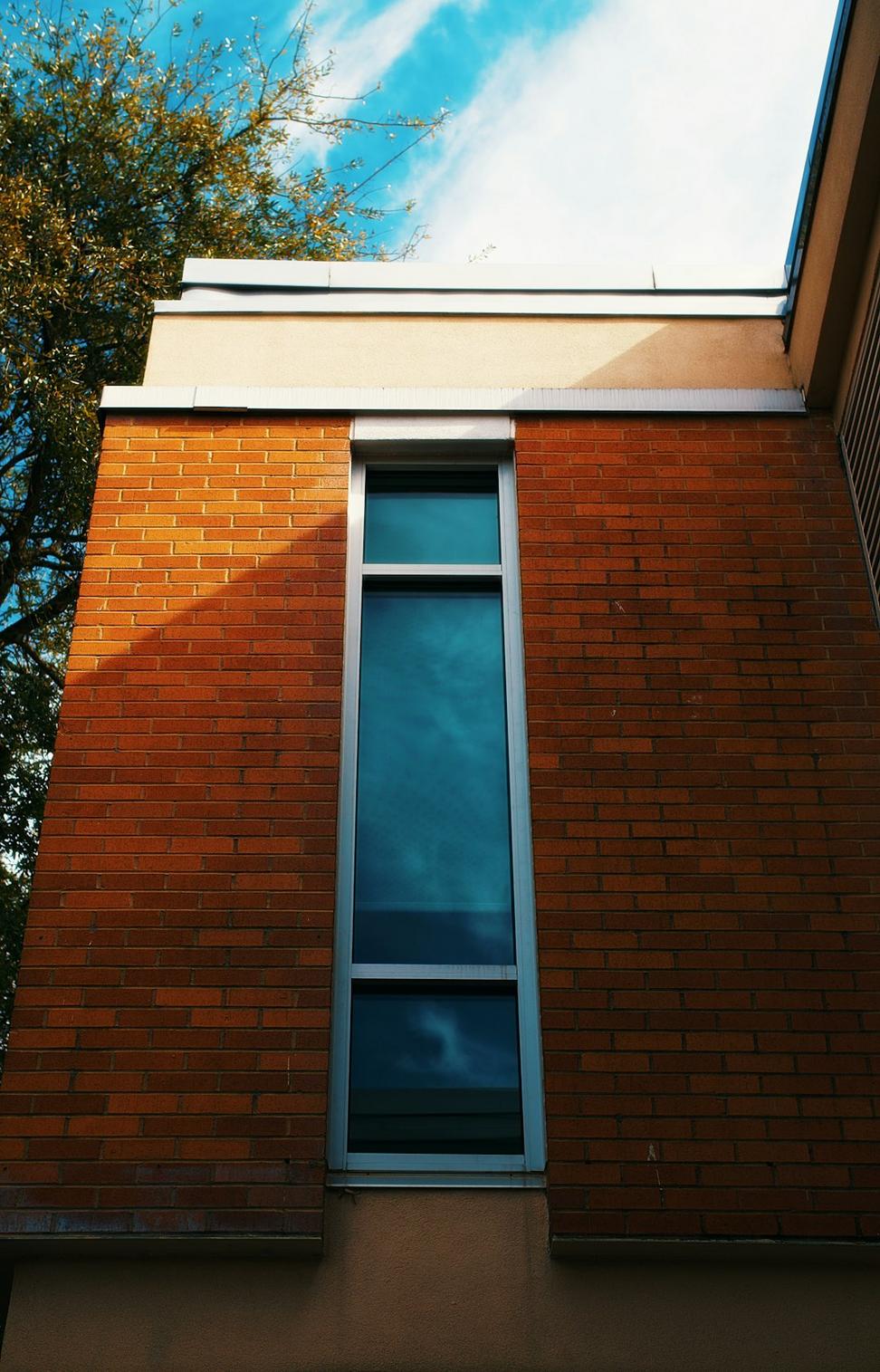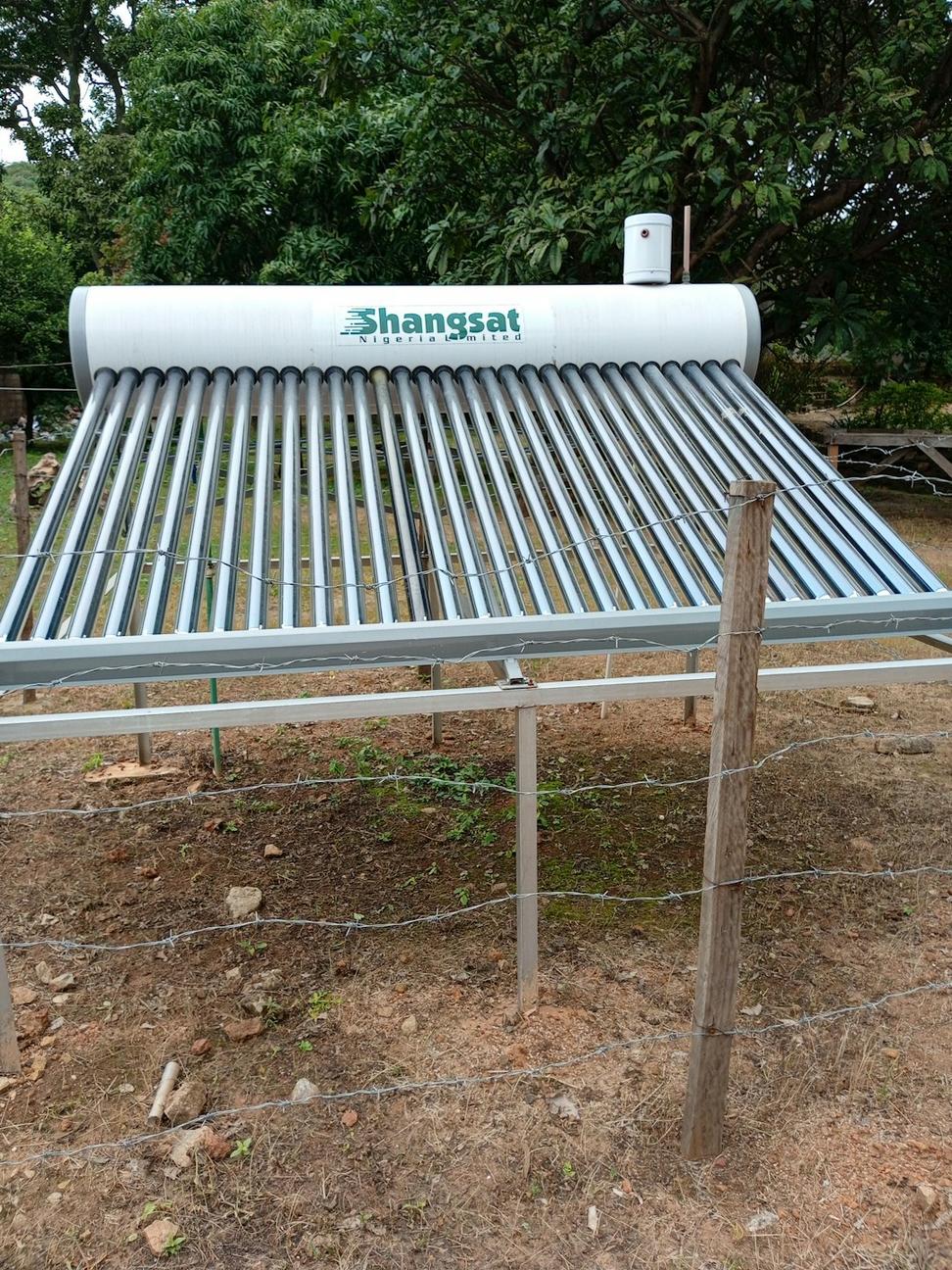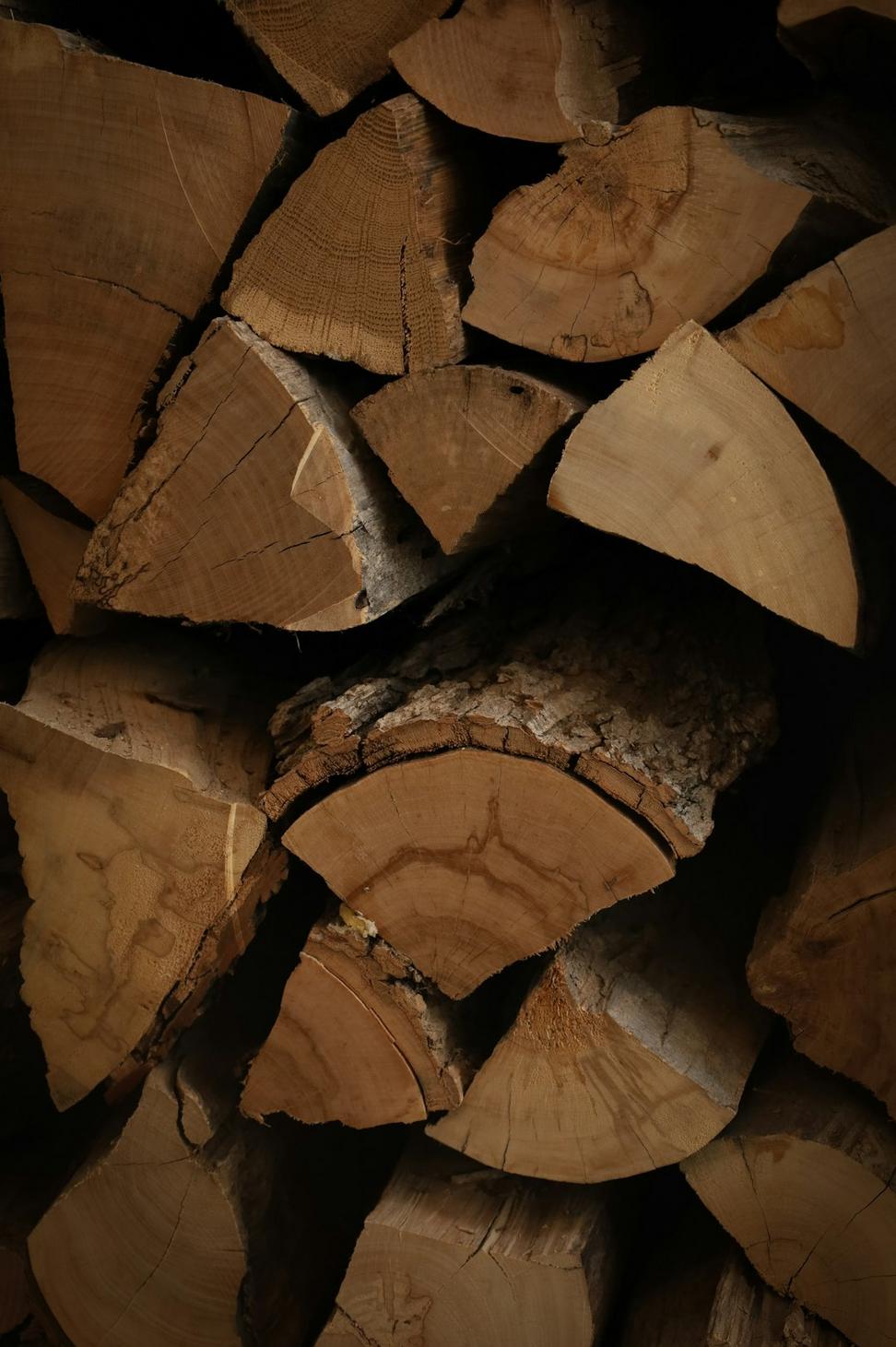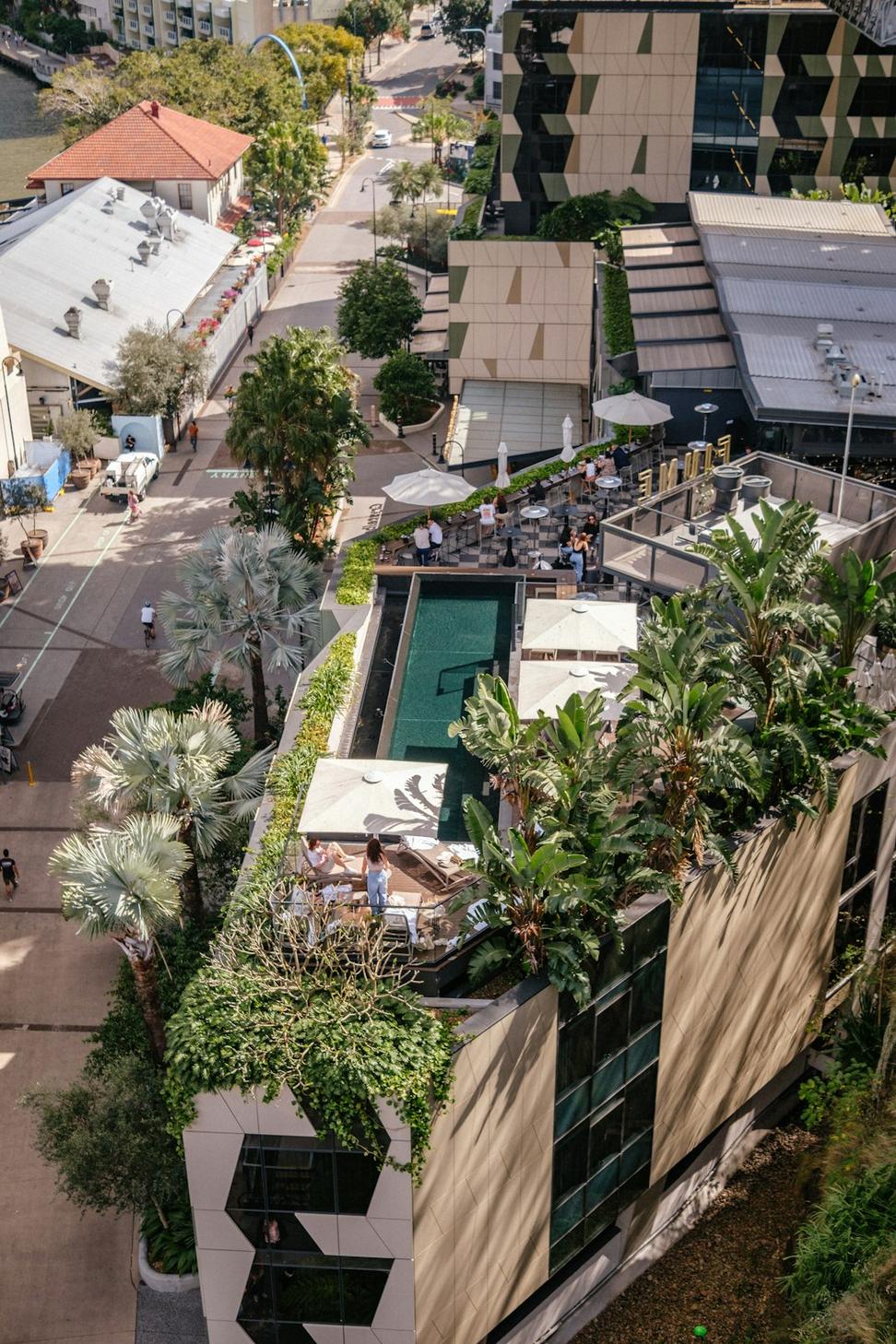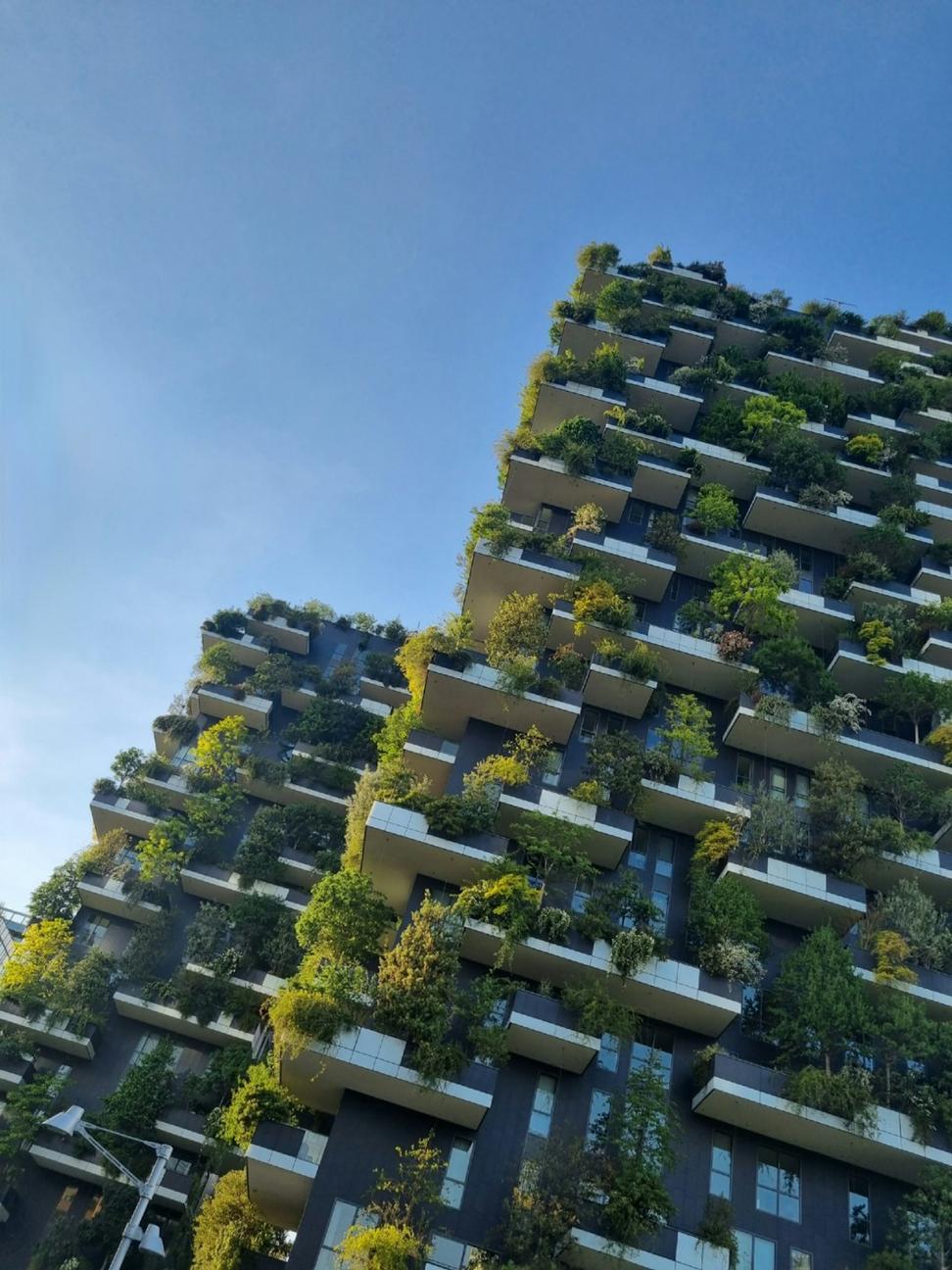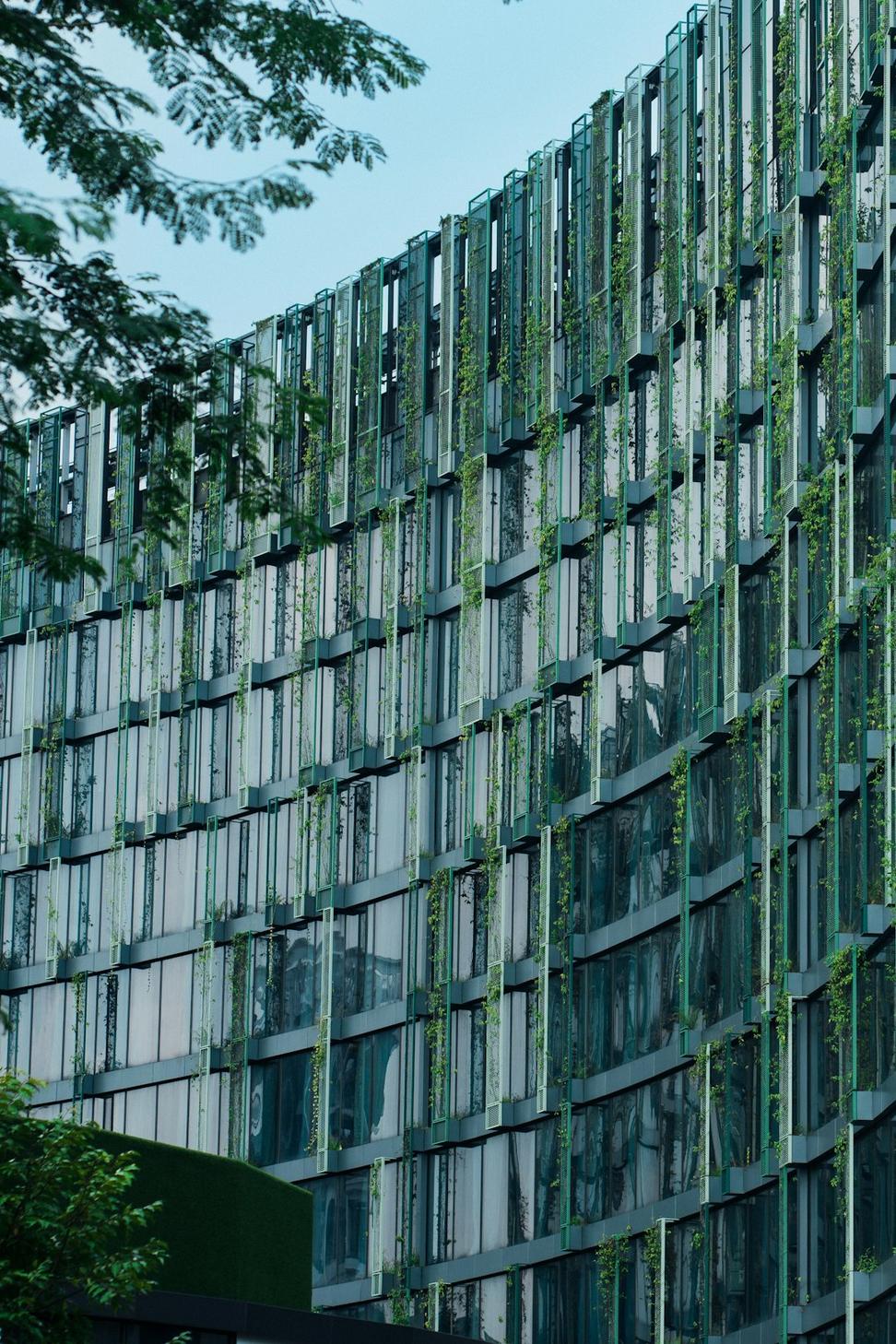
Why We're All-In on Sustainable Design
Here's the thing - we've been doing this sustainable architecture stuff since before it was trendy. Started back in 2009 when folks thought green buildings were just expensive experiments. Turns out, they were wrong.
Every building we design has to answer one question: how's this gonna affect the neighborhood in 50 years? Not just aesthetically, but environmentally. We're talking energy consumption, water usage, materials sourcing - the whole deal.
And yeah, clients sometimes push back on the upfront costs. But then we show 'em the 20-year projections, and suddenly everyone's on board. Because sustainable design isn't charity work - it's just smart business wrapped in environmental responsibility.
Let's Talk Green Building